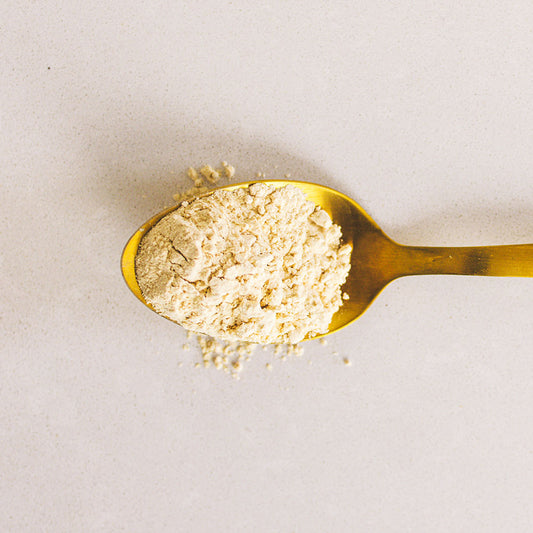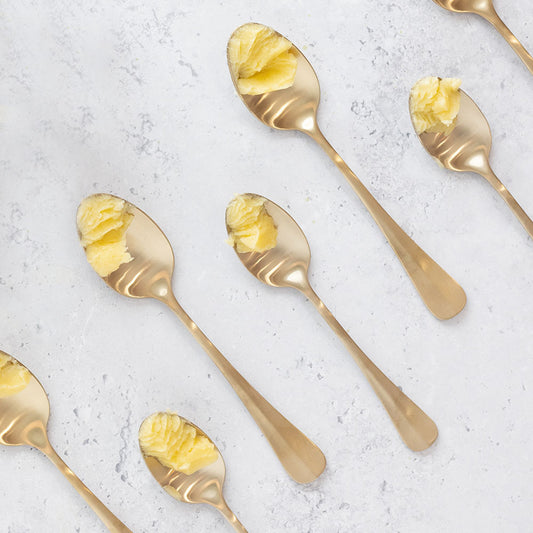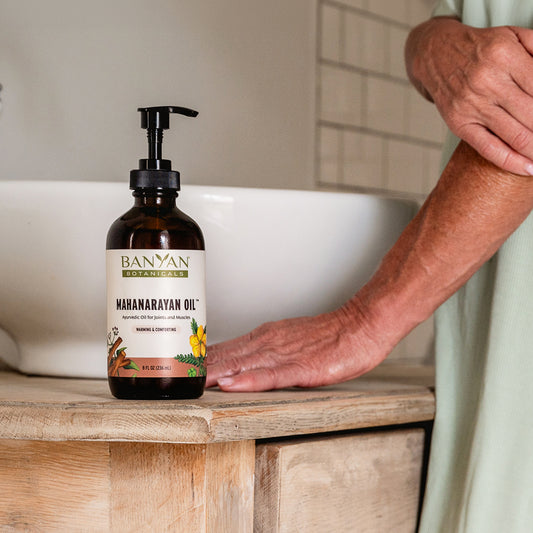Welcome to Birthing Ayurveda, where we follow one woman's pregnancy experience week by week—from a positive home pregnancy test all the way to delivery.
We still do not know Charlie's gender (Charlie is the name we use to refer to the baby), but one thing that we are sure of is that we do not want to circumcise our baby if it is a boy. The texts of Ayurveda do not mention anything on the routine practice of circumcision. Your choice of whether to circumcise or not depends on your own judgment and personal preferences. I'll share some points that we considered.
The routine practice of circumcision has been present for centuries. The oldest documentation of the procedure dates back to ancient Egypt and from then on in various cultures. The reasons for circumcision range vastly—from marking higher social status, to aiding in hygiene (particularly when bathing was not practical), to humiliating enemies and even discouraging masturbation.1
Medically speaking, circumcision does lower urinary tract infections, rates of penile cancer, penile inflammation, penile dermatosis, and sexually transmitted diseases. It is believed that the moist environment maintained by the foreskin (which secretes mucous on the inside) makes a more conducive environment to infections. However, it is important to note that the occurrence of most of these illnesses are very low to begin with (1 in 100,000 for penile cancer, for instance), so you have to circumcise many (many!) babies to prevent just one case of these illnesses.2 Additionally, most agree that many of these infections can be prevented with good hygiene and safe sex practices.

On the flipside, risks of a circumcision include complications from the procedure itself (occurring in about 0.2% of cases, and including bleeding, infection, urethral complications, injury to the glans, excessive or inadequate skin removal, adhesions, and anesthesia complications, amongst others). Studies are mixed on whether circumcision contribute to sexual dissatisfaction.2 Pain is another factor, and while medical organizations will explain that anesthesia is now always encouraged, I have done my share of circumcisions during my training (always with anesthesia) on babies who still cry deeply and loudly.
Socially, people may choose to circumcise their son so that his penis looks like his father's or like other boys'. The hope is that their son won't feel different or be teased. It is important to note that the rates of circumcision are declining (just 58% of male babies in 2010).3
It is interesting to look at this topic from the perspective of marma (energy points much like acupuncture points) and the chakras. Our genital organs are a huge energetic center with many nerve endings and a vast blood supply (necessary for an erection). In other words, there is a lot of energy and information going and coming from this part of the body.
There are several vital energetic points (marma points) on the penis, but notably the medhra marma point is on the backside of the midpoint of the tip of the penis. This point is directly manipulated during the procedure of a circumcision. Not only is this point important for sexual energy, but it is very important in the stimulation of ojas, the essence of vitality and immunity in our body. This specific marma point is one of the “vital” marma points, in that improper manipulation of it can lead to severe consequences.4
Consider also the swadhisthana chakra, the second chakra from the root. This chakra is associated with the unconscious, emotions, and desires. In the body it is connected with the organs of reproduction. Chakra therapy and theory believe that improper manipulation of a chakra and its associated organs can cause a trapping of prana in that chakra overall. In this case, emotional instability and difficulties in relationships or with creativity can potentially arise.
The studies on circumcision and sexual satisfaction or even the baby's ability to breastfeed are inconclusive. But I always wonder how a procedure like this (that, in my experience, in most cases does cause a significant amount of pain in a very intimate and sensitive part of the body) could affect the more subtle parts of the body, like the emotional, mental, or prana layers. These are aspects of circumcision that have not been looked into or have been studied with poor quality studies.
If you are choosing to have a circumcision for your baby, rest assured, the vast majority of boys turn out just fine! Ultimately, follow what is right in your heart. You may want to try to do a few things to calm the nervous system and support the swadhisthana chakra.
- After the circumcision, make sure the baby is in an anti-vata environment with a solid sense of security, since the second chakra is strongly connected with security (little or no stimulation, near the mother and her warmth, warm temperature, familiar environment, orange color).
- Try to breastfeed! Aside from the many benefits of breastfeeding, the practice contributes immensely to bonding and a sense of security.
- Be sure to practice infant massage daily with warm oil.
- After the incision site has healed, very (very!) gently press on the medhra marma point to act on the reproductive tissue layer and to support ojas. You may also want to look into other marma points connected to this chakra and tissue layer, or gently apply supportive pressure on the lower back.
- Avoid a lot of stimulation especially in the first month or two (bright lights, noise, strong smells, etc.).
- Consider craniosacral therapy with an experienced therapist. This therapy can subtly support the entire nervous system and spine.
DISCLAIMER
The views and opinions expressed in this article do not necessarily reflect the views and opinions of Banyan Botanicals. Our blog is a place where people who participate in and benefit from Ayurveda can share their experience and knowledge. Before starting any new activity, routine, or program, we recommend that you consult with your physician or healthcare provider. Please also note that our content is not meant to be a substitute for professional advice.










